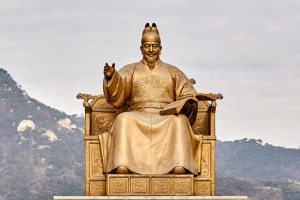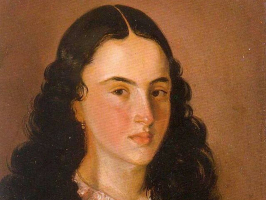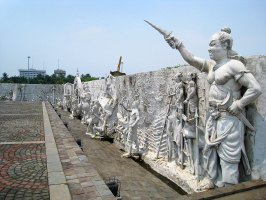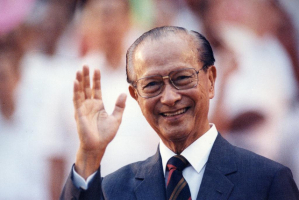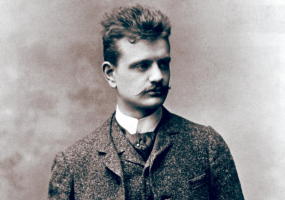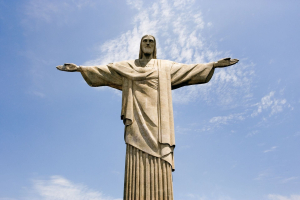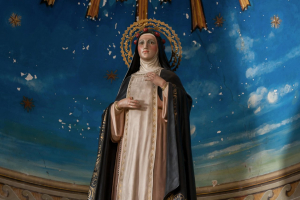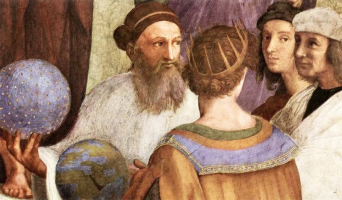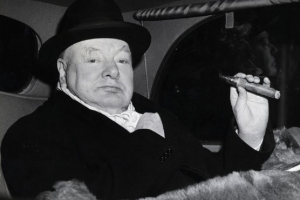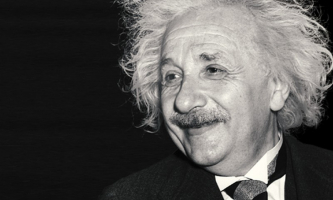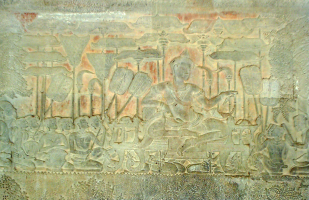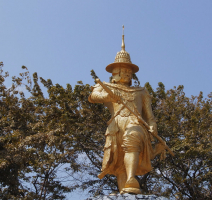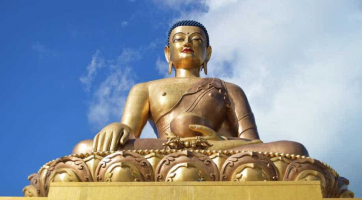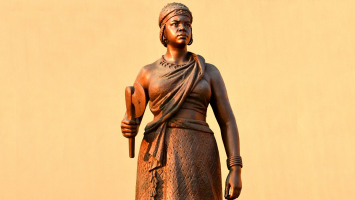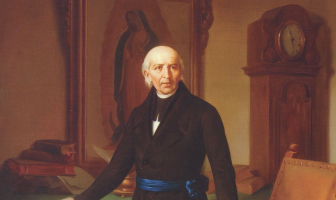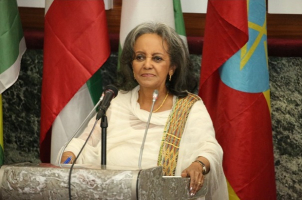Top 6 Most Important Historical Figures In Latvia
The Latvian nation is not large enough to have many global celebrities or influential people. However, there are numerous well-known historical figures in ... read more...Latvia. And here are the most important historical figures in Latvia!
-
Andrejs Pumpurs is the first most important historical figures in Latvia Toplist want to share with you! Andrejs Pumpurs (1841–1902) wrote Latvia national heroic epic "Lāčplēsis" (Bear Slayer, 1888), to which he attributed several mythical stories. Pumpurs is presented as an ethnic Latvian who battled against Vikings a millennium ago, but he has successfully become a kind of personification of Latvia, a remembrance of the last age (before the twentieth century) when Latvians enjoyed and defended their freedom. Many patriotic and pro-independence groups were afterwards named after Lāčplēsis , and "Lāčplēsis Day" is a patriotic festival celebrated every year.
Pumpurs was exposed to the Latvian oral culture, notably strong in the region of his birth, and to the legends that would be at the heart of his works while working as a raftsman and performing odd jobs with his father after completing the three-year course. Between 1867 and 1872, he wrote his first poems and early drafts for the epic at Piebalga, a rural center of Latvian education and cultural life.
After a brief stay in Riga, he moved to Moscow in 1876, where he met Slavophile Ivan Aksakov and editor Mikhail Katkov through Fricis Brvzemnieks (Treuland). Pumpurs was the third Latvian to volunteer to fight alongside the Serbs and their Russian allies against the Turks, and his experiences in Serbia influenced his already ardent nationalism. His military career took him to Sevastopol, where he got officer training. In 1882, he returned to the Governorate of Livonia as a member of the Ust-Dvinsk Regiment, where he attended secret meetings of the Narodnaya Volya movement. He worked for the quartermaster in Dvinsk (now Daugavpils) beginning in 1895, traveling extensively to feed the Russian army until he died of rheumatism after a trip to China.
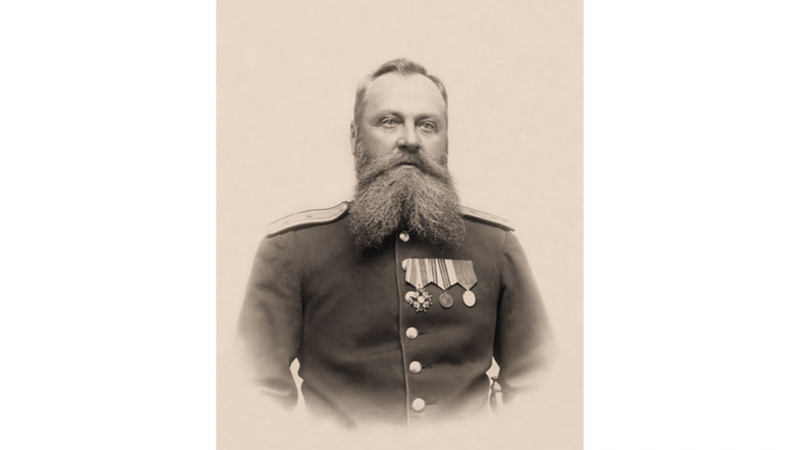
Photo: Geni 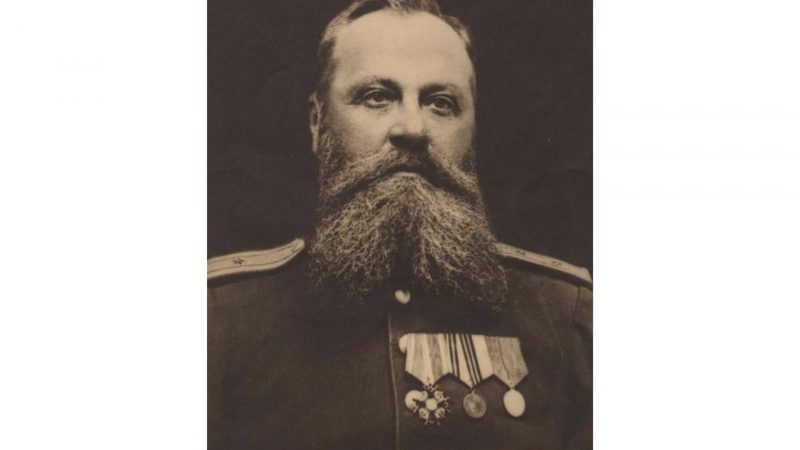
Photo: Google -
Krišjānis Barons (1835-1923) was a Latvian folk song collector. His life project was massive, involving study all around Latvia. The resulting "museum of songs," which included approximately 200.000 folk songs, was inscribed in UNESCO's "Memory of the World." Latvian songs would ultimately have a significant impact on Latvian independence movements, serving as the foundation for regular Song festivals. Many of these folk songs would have been forgotten if not for Barons' efforts, as Latvia was rapidly urbanizing, and Latvians would have lost a crucial pillar of their identity.
He was a Latvian writer renowned as the "Father of the Dainas" for his work in systematizing Latvian folk melodies and preparing their words for publishing in Latvju dainas. Prior to the Lat being replaced by the Euro in 2014, his portrait appeared on the 100-lat banknote, making him the only human face of an actual person on current Latvian currency. Barons was a prominent member of the Young Latvians as well as a writer and editor.
Barons is best known as the author of Latvju dainas (LD), a collection of 217 996 folk songs released in six volumes between 1894 and 1915. However, Barons did not originate the idea, nor did he collect or rewrite all of the collected texts on the little paper slips of the famous Cabinet of Folk Songs (Dainu skapis), despite the fact that a considerable number of the slips reflect Barons' own handwriting, as some may imagine. Nonetheless, his contribution is not insignificant. He developed the LD classification system, grouping the texts and creating the concept of song type or bush.
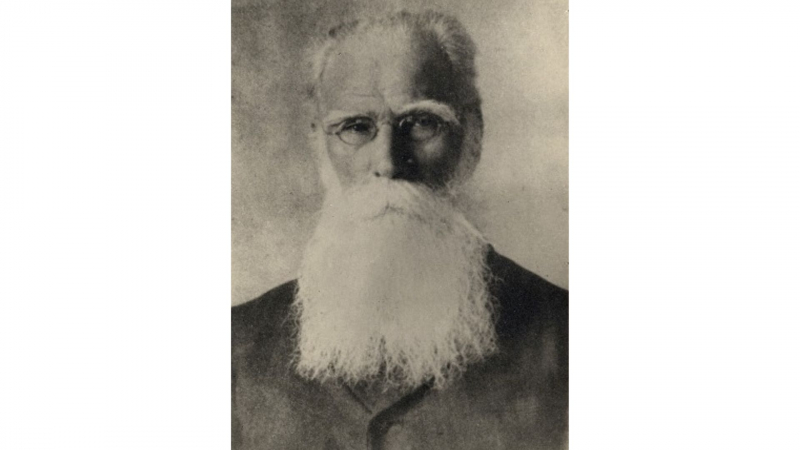
Photo: Vikipedio 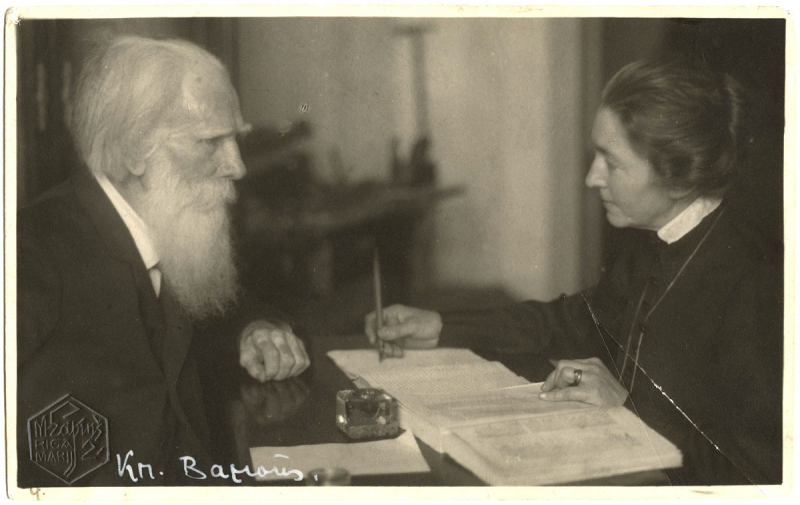
Photo: Memoriālo Muzeju Apviennība -
The next most important historical figure in Latvia Krišjānis Valdemārs. Krišjānis Valdemārs (1825-1891) was a writer, editor, educator, politician, lexicographer, folklorist, and economist who served as the spiritual head of The First Latvian National Awakening and was the most famous member of the Young Latvians movement. He was the driving force behind the Latvian naval movement, motivating the establishment of numerous naval schools around the Latvian coast. The seamen they trained effectively Latvianised the crews of previously non-Latvian merchant vessels stationed in Latvia. Shipbuilding was also begun. Valdemārs's greatest symbolic contribution to the emerging Young Latvian movement was his Lutheran thesis of public statement at his home claiming that Valdemārs is a Latvian.
He moved to St. Petersburg after graduating in 1858 and worked as a clerk in the Ministry of Finance. He was also a correspondent for the St. Petersburgische Zeitung, a local German-language daily. In 1862, he became the editor and major publisher of the Latvian journal Pterburgas Avzes, the most radical Latvian newspaper at the time. It was adamantly opposed to Baltic German dominance and the lingering vestiges of feudalism in Baltic provinces. The publication became the primary outlet for Young Latvian beliefs. The Russian government closed it down in 1865.
Valdemārs assisted in the establishment of the first Latvian naval school in Ainai in 1864 as a means of making Latvians wealthy. He famously said at the beginning, "Brauciet, latvji, jūriņā, krājiet zeltu pūriņā!" (Latvians, sail the seas, stuff your dowry with gold). Several other Latvian naval schools were created in Latvia's coastal towns during the next few years. It had a significant impact on the local economy and culture since hundreds of Latvian farmer sons were given the opportunity to receive free education and become captains or steersmen. It ushered in the "Age of Sailors' ' in Latvia, with active shipbuilding beginning in coastal towns and villages, and Latvian-built, Latvian-owned, and -crewed ships becoming the first national commerce fleet, even participating in trans-Atlantic journeys.
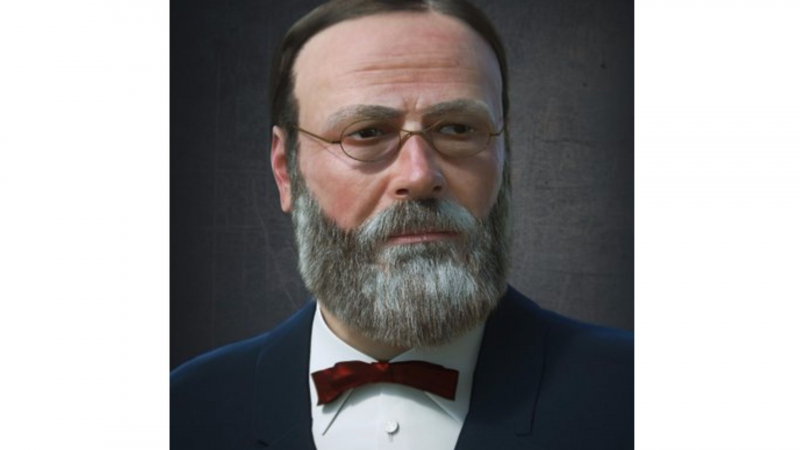
Photo: Twitter 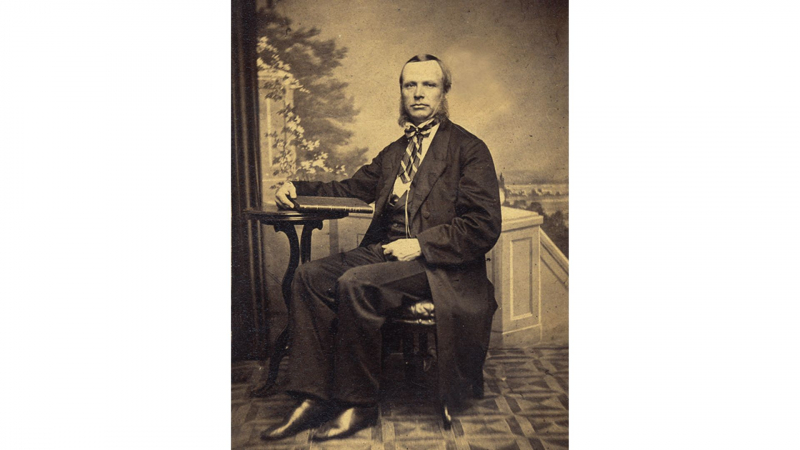
Photo: ResearchGate -
Jānis Čakste (1859-1927) was a Latvian independence campaigner who originally advocated for an independent Latvia in the early 1900s.He was a Latvian politician and lawyer who served as the first Chairman of the People's Council (1918-1920), the Speaker of the Constitutional Assembly (1920-1922), and the first President of Latvia (1922–1927).
In 1889, he became the editor of the journal "Tvija," which quickly became one of Courland's most widely read Latvian-language publications. In 1895, he was one of the main organizers of the 4th All-Latvian Song Festival in Jelgava, which he partially funded with his own money. During the Russian Revolution of 1905, he worked on a concept to establish Latvian national autonomy within the Russian Empire. Following the first free elections to Latvia's Constitutional Assembly, Čakste was chosen its Speaker on 1 May 1920, resuming his role as the provisional ruler of the Latvian state. Rainis, a well-known poet and Social Democrat deputy, finished second in the elections. Two years later, on 7 November 1922, at the first session of Latvia's first Saeima, Čakste was elected unopposed as the first President of the Republic of Latvia, with 92 Saeima members voting for his candidacy and 6 against - the highest number of votes ever cast for a candidate in a Latvian presidential election.
As President, Čakste's duties were mostly ceremonial, though he continued to pay considerable attention to foreign affairs, particularly Latvia's international standing as a young European state on the globe. During his term, he issued 402 laws, returned three to the Saeima for examination, and pardoned 549 persons. He sparked controversy in 1926 when he pardoned Andrievs Niedra, a distinguished writer and former head of the opposition pro-German Latvian puppet government, who was serving a treasonous term. Čakste, on the other hand, insisted on Niedra departing the country after the pardon.
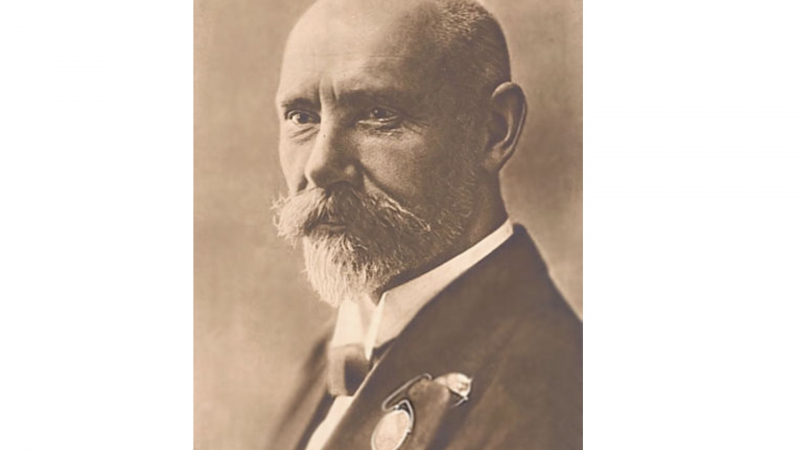
Photo: Wikipedia 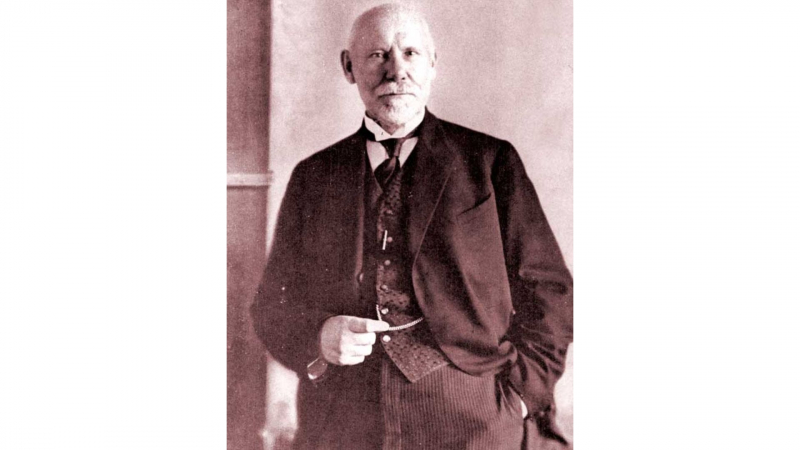
Photo: russkije.vv -
Frīdrihs Briedis (June 23, 1888 – August 28, 1918) was a Latvian colonel and leader of the Latvian Riflemen. He received all classes of the Order of Lāčplēsis posthumously. He led the Latvian Riflemen, an ethnically Latvian regiment of the Russian army, during World War I. He resolved to oppose communism in Moscow after the Russian revolution, but was kidnapped and executed by the state.
In 1906, he was admitted to the Vladimir War School in St. Petersburg. Briedis graduated from the war school with the rank of Podporuchik and afterwards served in the 99th Ivangorod infantry unit, which was deployed in Daugavpils, due to his excellent tactical expertise. In 1912, he was promoted to the rank of Poruchik and named Commander of the company. He served in World War I, initially in East Prussia, where he successfully commanded reconnaissance expeditions and gained multiple gallantry and achievement honors.
When the Latvian Riflemen battalions were formed in 1915, he was given leadership of the 1st Daugavgrva unit. He and his soldiers fought in engagements around the Misa River and ekava. Briedis was seriously wounded in the jaw in March 1916, but he recovered and went on to command a battalion during the Christmas Battles. He fought at Trepurvs during the Christmas Battles, where he was wounded for the second time. In 1918, he became involved in an anti-Bolshevik conspiracy in Moscow. He was seized by the Cheka on July 23, 1918, and killed by firing squad in Moscow on August 27, 1918. He was awarded the Order of Ellipsis in all classes for his gallantry in the Christmas Battles and involvement in nearly all rifleman engagements on the Riga front. There is also a street named after him in Riga. That's all about the fifth most important historical figures in Latvia in this list!
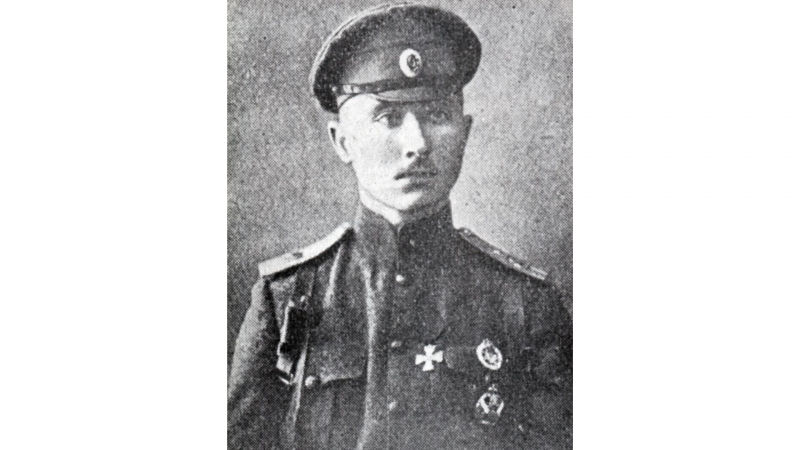
Photo: Latvia 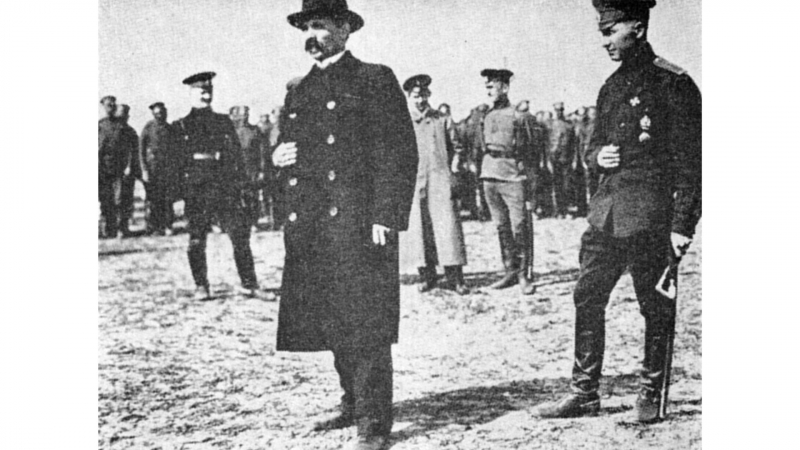
Photo: Latvia -
Oskars Kalpaks (1882-1919) led the first independent Latvian forces (1st Latvian battalion) soon after Latvia gained independence. He helped repel a Russian reconquest attempt. Oskars Kalpaks was killed in one of the fights while this attempt was thwarted by joint Latvian, Lithuanian, Estonian, and remaining German forces.
Kalpaks grew up in a rural family. He opted to become a soldier and attended Irkutsk military school before joining the 183rd Pultusk Infantry Regiment. During the First World War, he demonstrated command ability and gallantry in battle, earning him the most significant Russian military honors and the position of Regiment Commander. Kalpaks enlisted in the Ministry of Defense following Latvia's declaration of independence on November 18, 1918. He organized Vidzemes defense against Bolshevik attacks. On December 31, Kalpaks assumed command of all armed units at the disposal of the Provisional Government of Latvia. Latvia's first military formations became battle-ready under his command. Kalpaks was promoted to Colonel on February 28, 1919. From January to March 1919, the 1st Latvian Battalion fought alongside the German VI Reserve Corps to oppose Bolshevik attacks into Kurzeme, marking the beginning of Latvia's liberation struggle. Kalpaks was accidentally killed in a confrontation with German Freikorps forces on March 6, 1919, near Airtes.
Kalpaks was posthumously granted Latvia's highest military award, the Order of Lāčplēsis after his death. Although he was never officially awarded to this rank or position, Kalpaks is widely considered as Latvia's first Commander in Chief. Kalpaks was recognized on stamps in Latvia in 1937 and again in 2007.
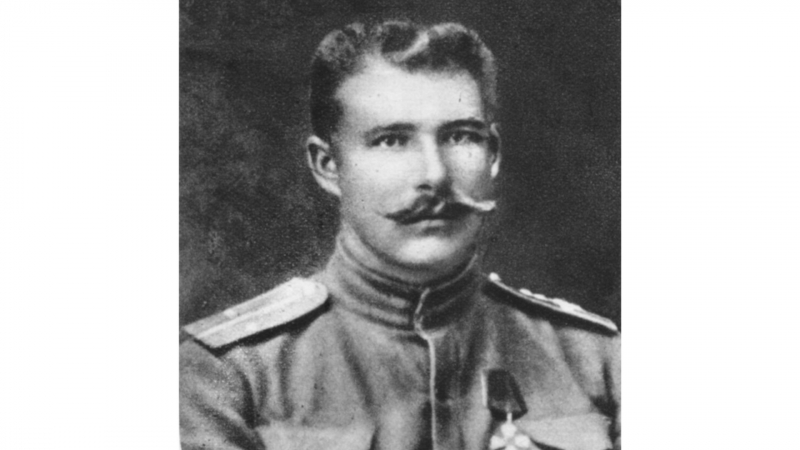
Photo: Wikipedia 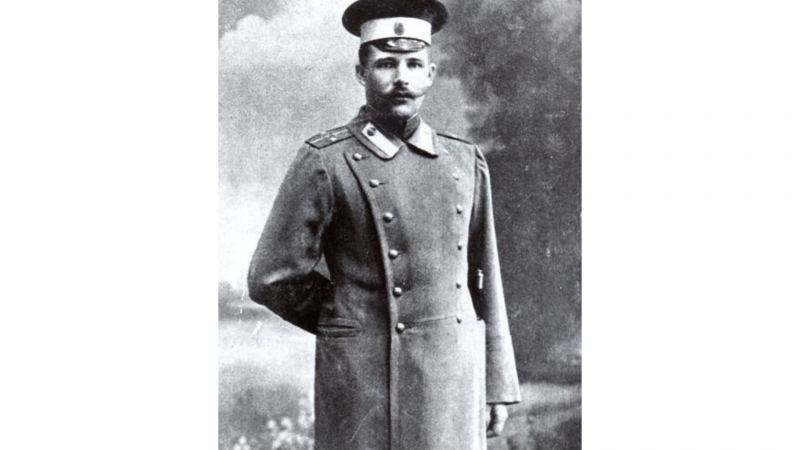
Photo: Alchetron










